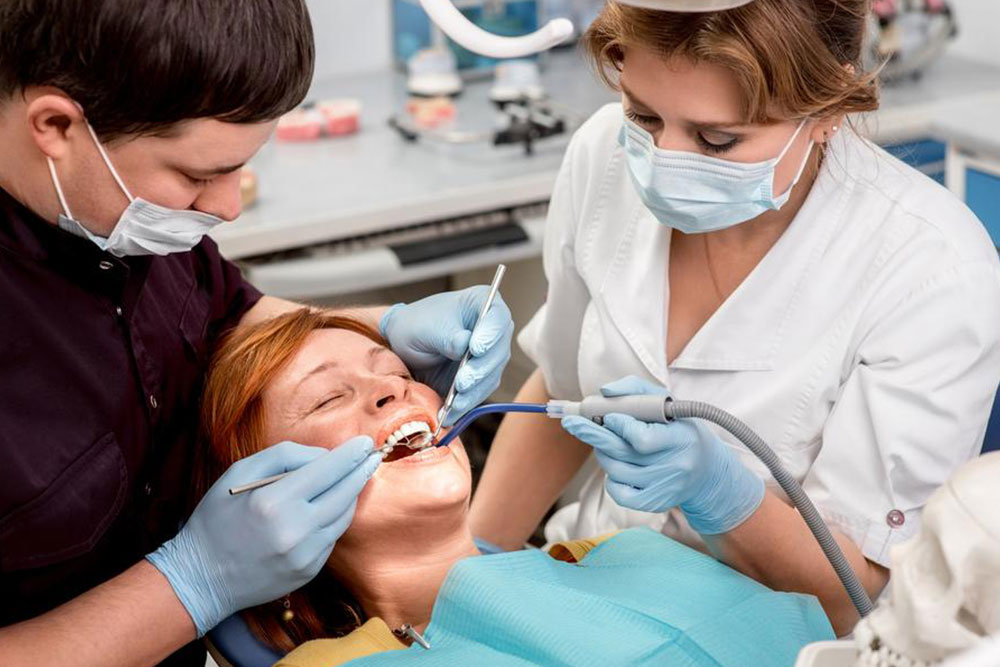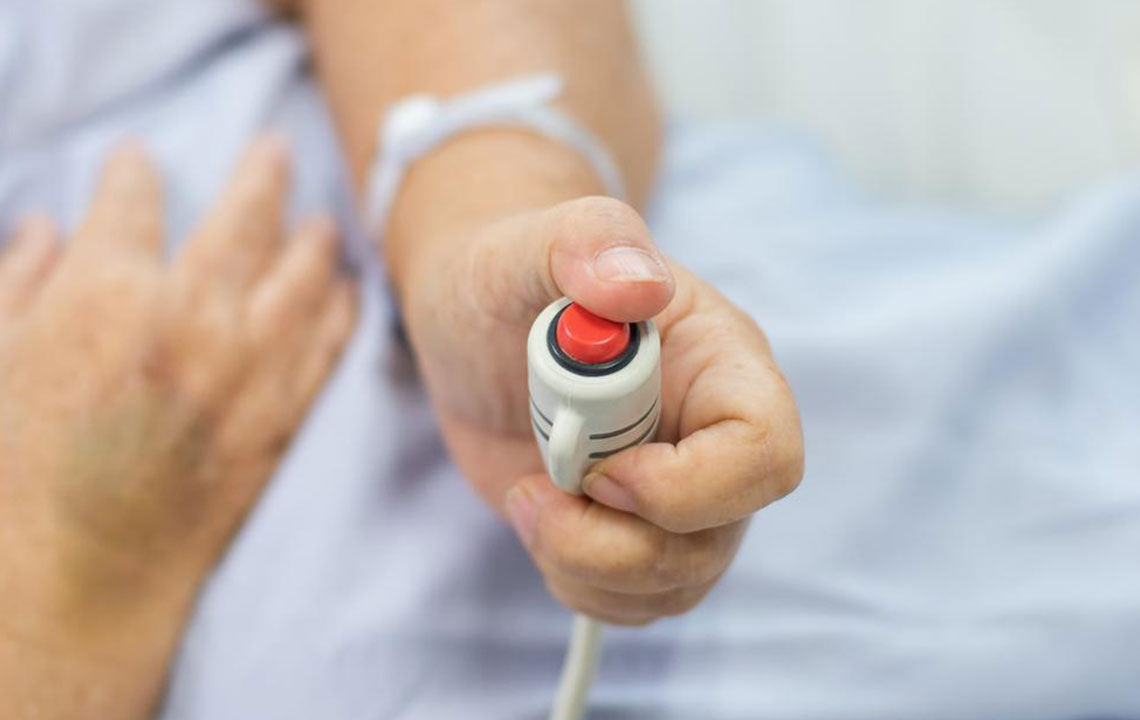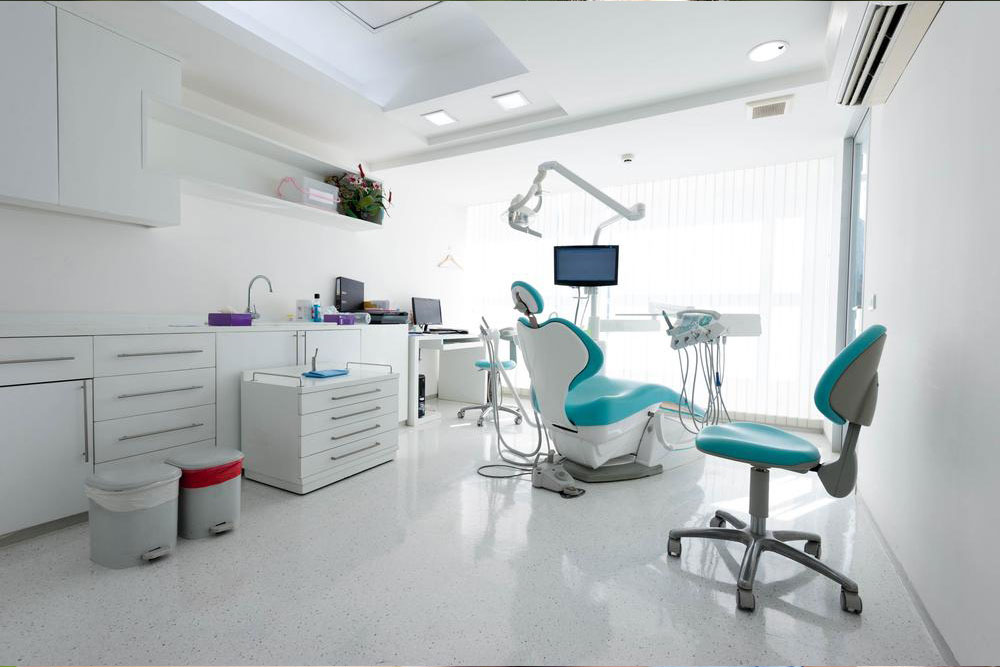Affordable Strategies for Accessing Quality Dental Care Services
Discover affordable and accessible dental care options to maintain optimal oral health without financial stress. Explore community clinics, government programs, and state initiatives that provide quality treatments at reduced costs or free for eligible individuals, ensuring everyone can access essential dental services.

Cost-Effective Solutions for Dental Health Needs
Maintaining optimal oral health is a vital aspect of overall well-being, extending far beyond simple daily routines like brushing and flossing. Many individuals underestimate the importance of comprehensive dental care, which plays a crucial role in preventing disease, improving aesthetics, and enhancing confidence. When dental problems develop, seeking professional dental services becomes essential, yet the high costs associated with dental treatments often present a barrier for many people. Fortunately, there are numerous affordable options to access quality dental care, including community programs, government assistance, and special initiatives aimed at underserved populations. Understanding these resources can help you and your family maintain good oral health without breaking the bank.
Explore the following comprehensive options for budget-conscious dental care:
Community Health Centers and Dental Clinics Community health centers are a cornerstone of affordable healthcare, including dental services. Funded primarily by federal initiatives such as the health resources and services administration, these centers are committed to providing accessible dental care to underserved populations. They not only address urgent dental issues but also offer routine treatments, preventive services, and management of chronic dental conditions. While the cost savings are significant, patients should be prepared for potential wait times and the need to arrive early, as appointment scheduling may be limited due to high demand. These centers often operate on a sliding fee scale based on income, making them an excellent resource for those with limited financial means.
Medicare, Medicaid, and Additional Assistance Programs Navigating insurance options and government assistance programs can significantly reduce dental care costs. Medicare, primarily designed for seniors aged 65 and older, generally offers limited dental coverage, mostly for emergency or reconstructive procedures following serious injuries. Medicaid, on the other hand, is tailored for low-income individuals and families and often includes dental benefits, though the scope varies by state. Eligibility and coverage details for Medicaid differ across states, so it’s essential to consult local providers or visit official Medicaid websites for precise information. For those pursuing dental treatments, these programs can cover emergency procedures, extractions, and some restorative work, easing the financial burden care may impose.
State and Local Oral Health Initiatives Many states recognize the importance of accessible dental care by establishing specialized oral health programs. These initiatives are designed to help residents find affordable dental services, offer educational resources, and sometimes provide direct treatment through public clinics. State-sponsored programs are often funded through state budgets and federal grants, ensuring that community members have access to preventive, diagnostic, and basic restorative services. To identify such programs, individuals should visit official state health department websites or consult the Centers for Disease Control and Prevention (CDC). These resources often include eligibility criteria, service details, and location information, making it easier for residents to access affordable oral healthcare.
Additional options to explore for affordable dental care include dental schools offering reduced-cost treatments provided by supervised students, nonprofit organizations focused on dental health outreach, and periodically held community dental fairs. Each of these options aims to bridge the gap between high-quality dental service needs and financial limitations, ensuring more people can maintain healthy smiles throughout their lives.





